Some of the links in this post may be affiliate links.
Million Hearts Plant, or Dischidia ruscifolia, is gaining in popularity, and for good reason! It is very easy to grow, grows quickly, and the heart shaped leaves (hence the common name!) are delightful! Keep reading to learn how I grow this amazing epiphyte!
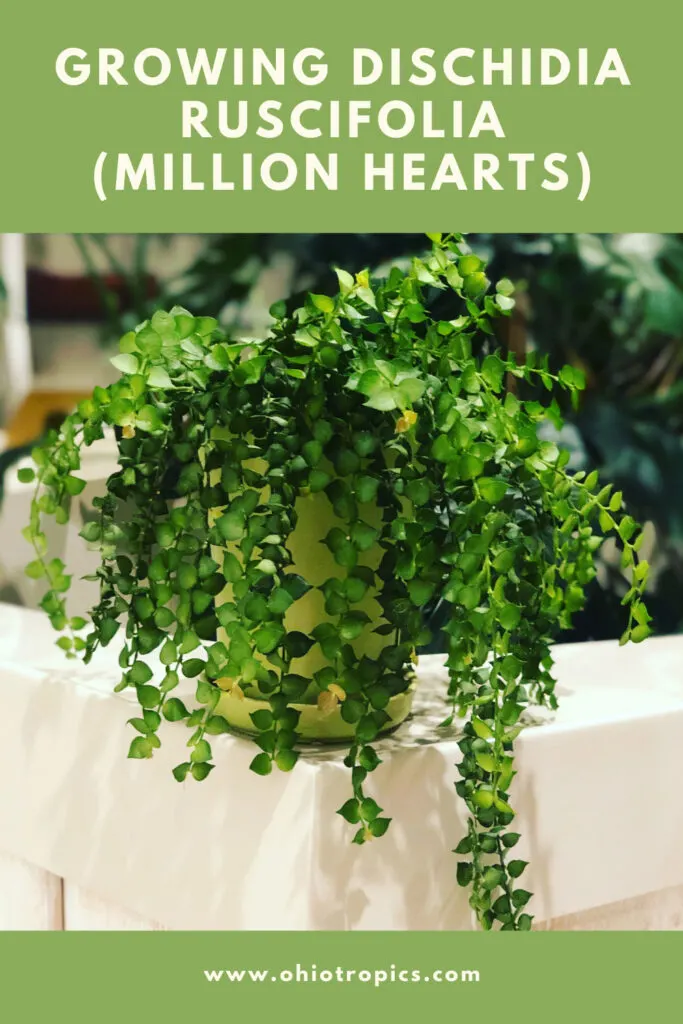
Million Hearts Plant is actually an epiphyte, which means it grows on other plants such as on trees or tree branches. It is really important to know this because it will dictate how you care for it!
This plant is native to Asia. The care of this plant is very similar to Dischidia nummularia, another species in the Dischidia genus, except I think the ruscifolia species (Million Hearts) is even easier to grow.
Another added benefit is that Million Hearts Plant flowers readily and often. The flower are white and TINY! But they pack quite a fragrance!
Once I was walking around my sunroom and I noticed a wonderful fragrance and I initially couldn’t figure out where it was coming from. It was coming from my Dischidia ruscifolia.
Do you see the tiny white flowers in the photo below on my plant? I told you the flowers are tiny…but what a fragrance!
Here is a close look at one of the flowers.
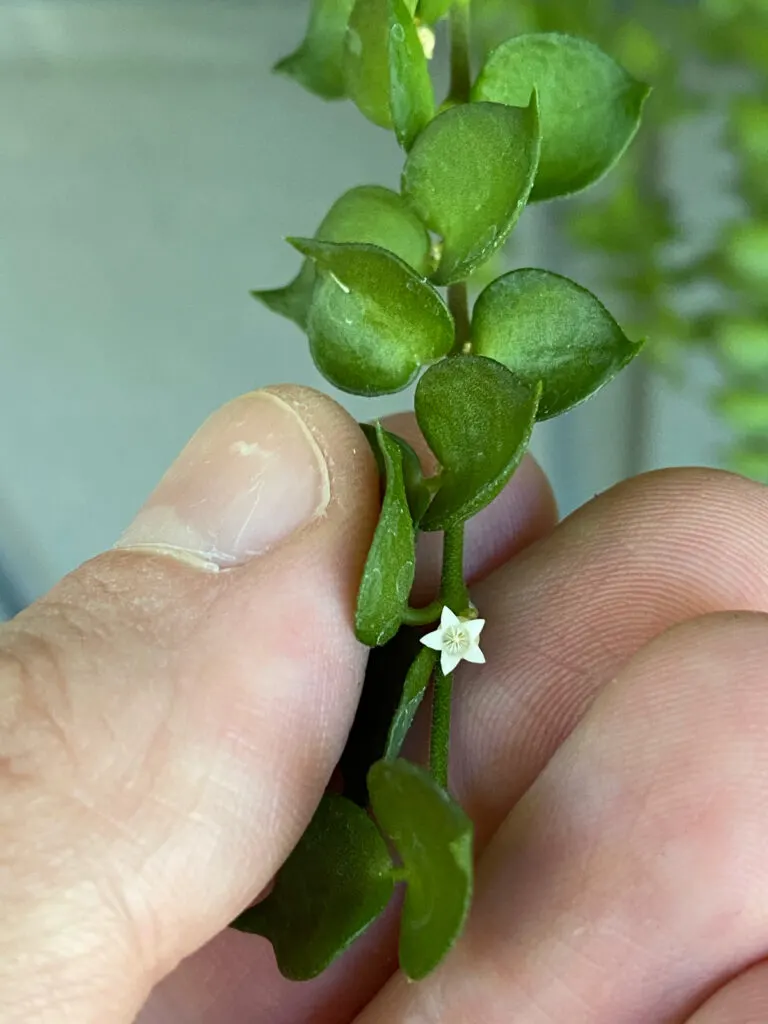
Table of Contents
Dischidia Ruscifolia Care
Since these plants are epiphytes, you should treat them a little differently. Keep reading to learn how best to care for these plants!
DISCHIDIA POTTING MIX
Like any epiphyte, these plants should not be grown in normal potting soil. Dischidia, and other epiphytes, grow attached to trees. They use their roots to attach onto their host trees. Very similar to many orchids.
Because they grow naturally with a lot of air circulation all around them, they are best grown in a very loose potting mix. You can use either an orchid bark mix or something like coco husk chips.
I have heard of people using normal potting soil, but I personally wouldn’t because they are epiphytes in nature and it doesn’t make any sense to place them in potting soil. You may risk having issues.
I grow my own Dischidia ruscifolia in coco husk chips myself because I wanted to experiment and it produced great results! I could have used an orchid bark potting mix, but I wanted to try something new to experiment.
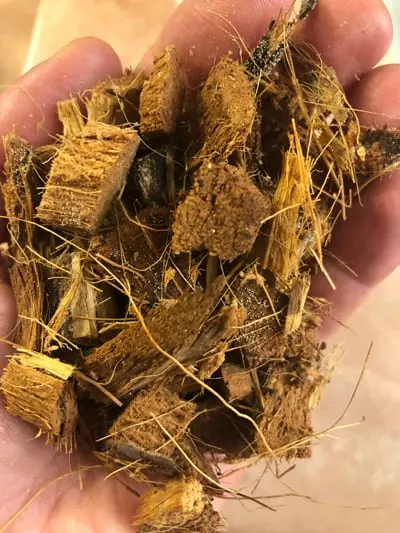
Whether you use orchid bark or coco husk chips, I like to soak them in hot water for a good half an hour before I use them in order to hydrate them.
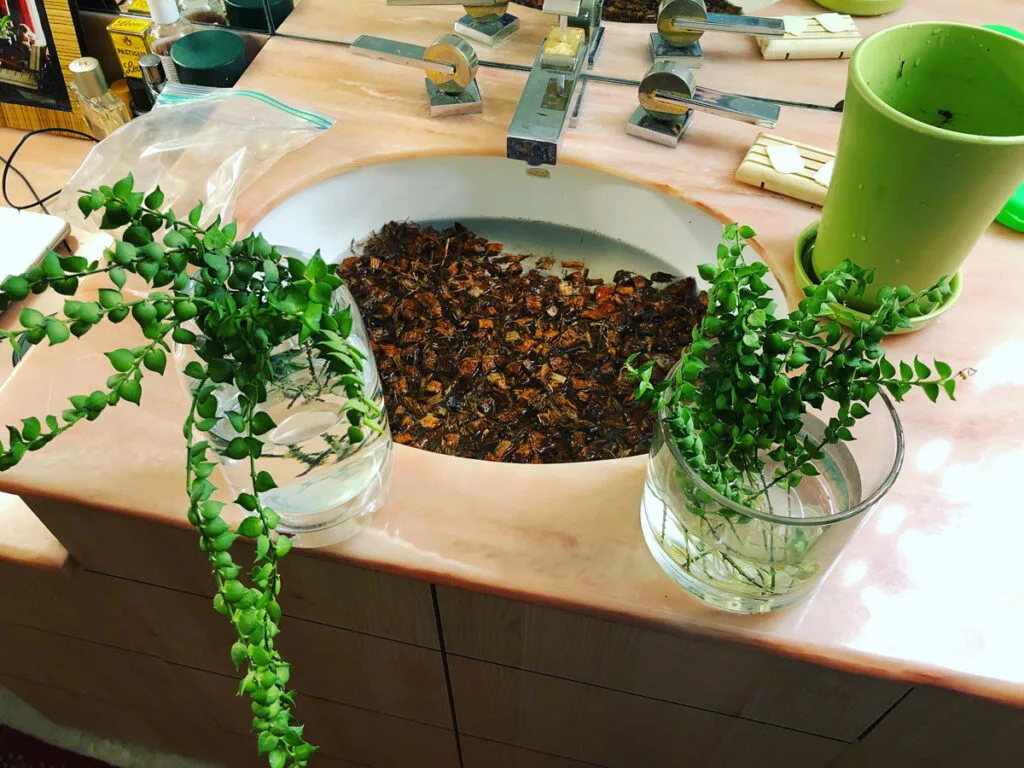
I just used my bathroom sink to soak the coco husk chips. I’ll get into how I propagated my plant a bit later. A friend had sent me cuttings which I rooted and used to make my plant. More on that later!
WATERING DISCHIDIA
As far as watering goes, I treat these like my moth orchids. (If you want to read how I care for my moth orchids, check out my blog post on moth orchid care!)
You want to let the potting mix dry out a bit in between watering. When do you water, circle your watering can all over the surface of the pot in order to ensure that you get a thorough soaking.
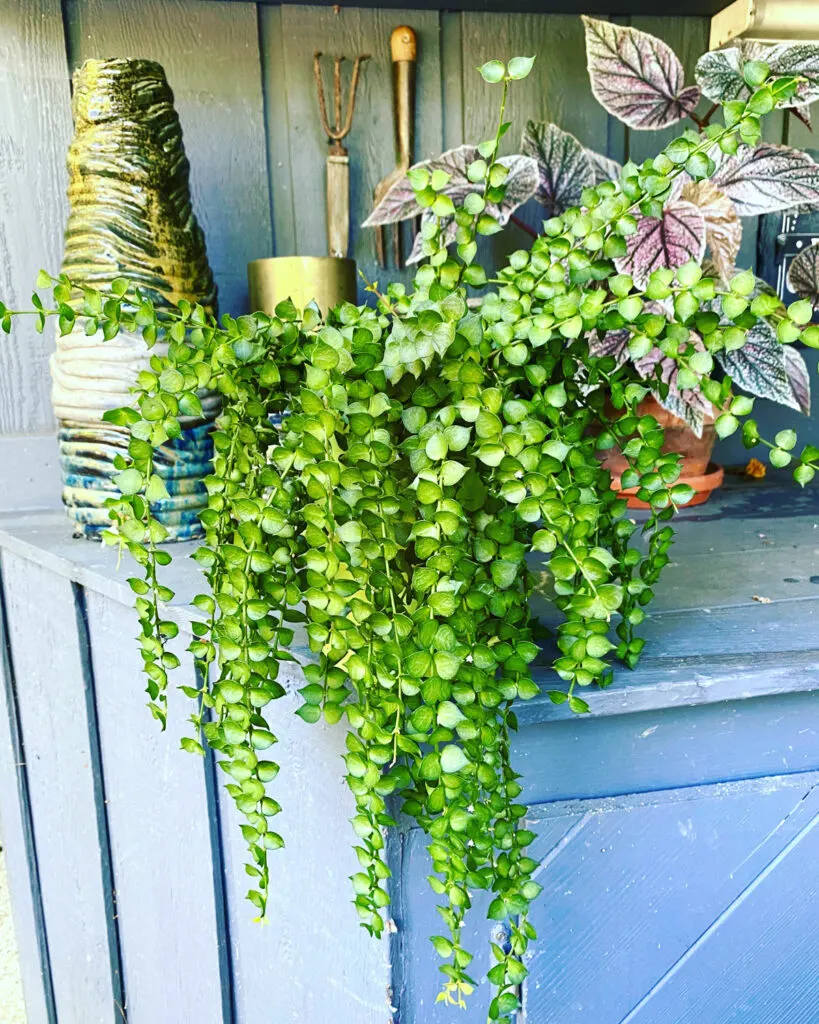
Since it’s an epiphyte, go ahead and get the leaves wet too! I do like to mist my Dischidia plants. (Not for humidity…because misting really is not effective at all to increase humidity…but because epiphytes will absorb moisture when you get them wet).
On the other end, be very careful not to let your plant stay wet for extended periods or it may rot. If you plant your Dischidia in a chunky mix like orchid bark mix or coco husk chips, it will be difficult to “overwater.”
And ALWAYS have a drainage hole!
LIGHT
Bright indirect light, or filtered light, works well for this plant. A little morning sun also works very well, especially indoors. And especially during the winter.
I keep my own plant in front of an Eastern facing window and it thrives there.
When they get some direct sunshine, the leaves may turn a little reddish in color. That is perfectly fine, but be careful not to give it too much sun otherwise it may burn.
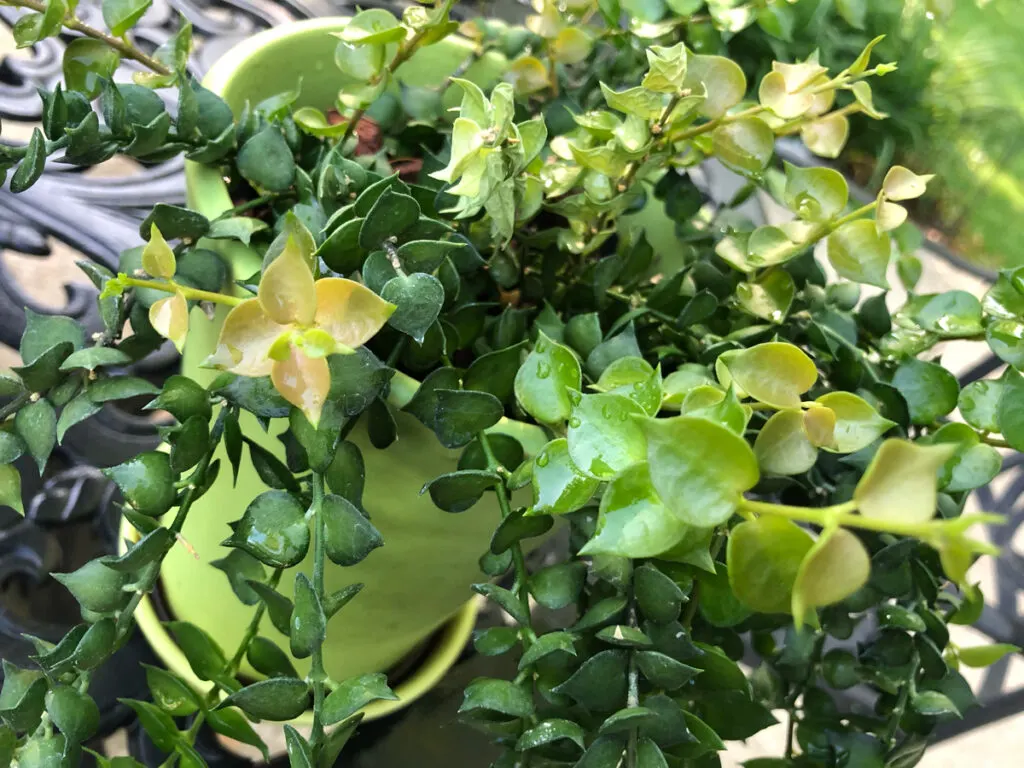
FERTILIZING
Like most of my houseplants, I fertilize dilutely with almost every watering during the growing season (typically from about March through September or so). So basically Spring and Summer.
My fertilizer of choice is Dyna-Gro Grow. It is a nutritionally complete, premium fertilizer that contains all the micro and macro nutrients that plants need.
PROPAGATING MILLION HEARTS PLANT
I grew my own plant from cuttings that a friend send me. The cuttings transported very well since the leaves are succulent and very sturdy!
To propagate them, I simply stripped the bottom leaves off the stems and placed them in a vase of water. Be careful though because the plant will excrete a white, milky substance that may irritate your skin. Wash your hands with soap and water after handling.
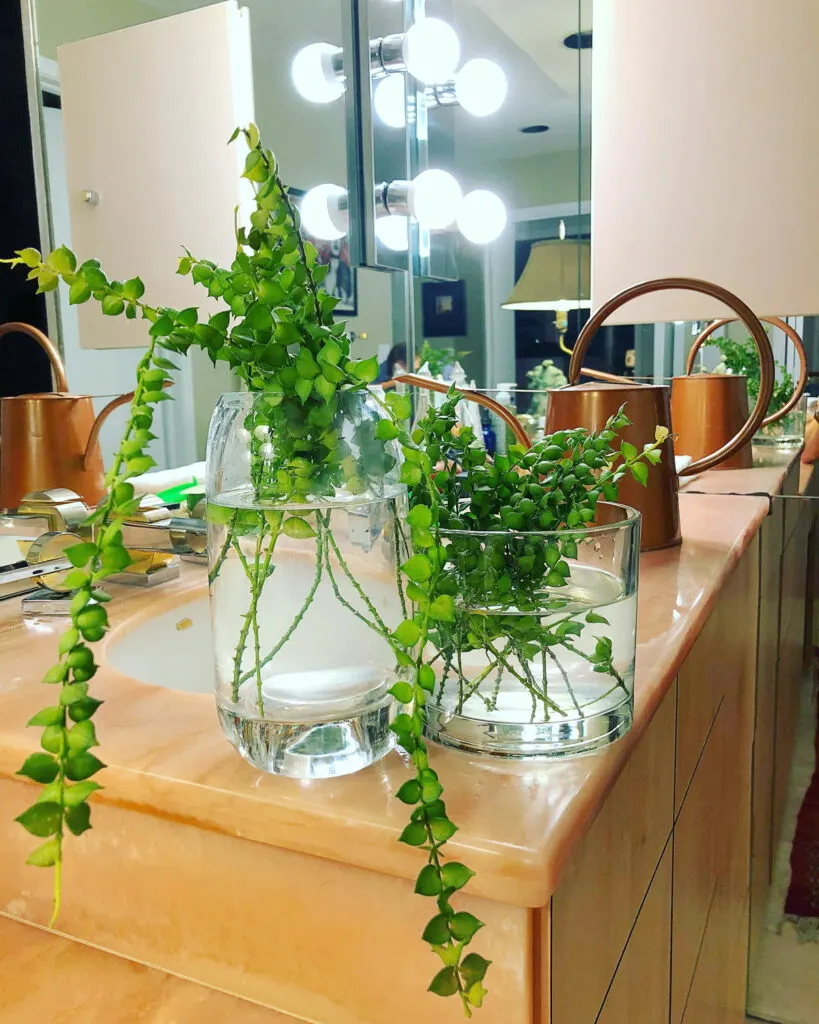
After several weeks, roots formed and I potted them up in my coco husk chips like I described above.
Be sure to change your water at least once a week to keep it fresh. If you notice any cloudiness, change it more frequently.
YELLOW LEAVES
One common problem that people see sometimes is yellow leaves. One of my Instagram followers sent me the photo below of her plant that started to get yellow leaves.
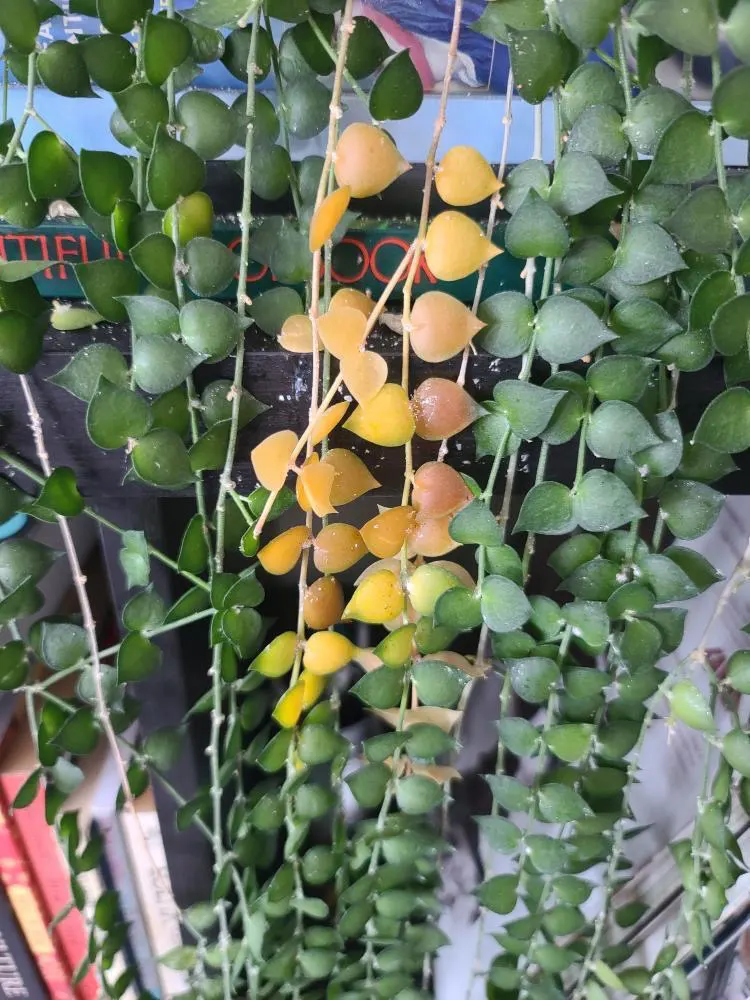
After a little back and forth trying to understand her growing conditions, I helped her determine that her plant was kept very dry.
Her plant was potted in a coarse orchid bark. It is really difficult to “overwater” this plant if it is kept growing in a coarse orchid bark mix. I determined that she was not soaking the plant enough.
One helpful tip, as you saw previously in this post (whether you use orchid bark mix or coconut husk chunks) is to soak them in warm water for a while before using them. This helps to condition the mix so it can accept water.
And if you have your plant growing in chunk mixes, you really need to drench them very well. Once the potting medium approaches dryness, it is time to soak it again.
That’s about it folks! If you see a Dischidia ruscifolia, I highly recommend it! It is a fantastic and easy to grow houseplant. It has a good growth rate as well.
I find that it grows a bit faster the Dischidia nummularia, but I love both!
Check out my blog posts that I wrote on growing Dischidia nummularia and also the “watermelon” Dischidia which is Dischidia ovata. All so different, and all so lovely!
Do you have any Dischidia plants in your collection? Comment below with any questions!

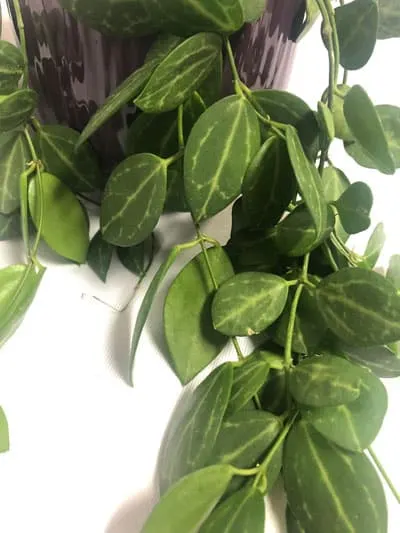
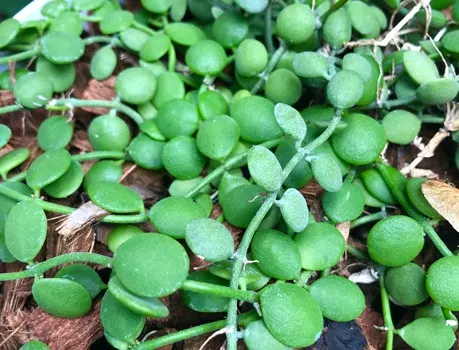
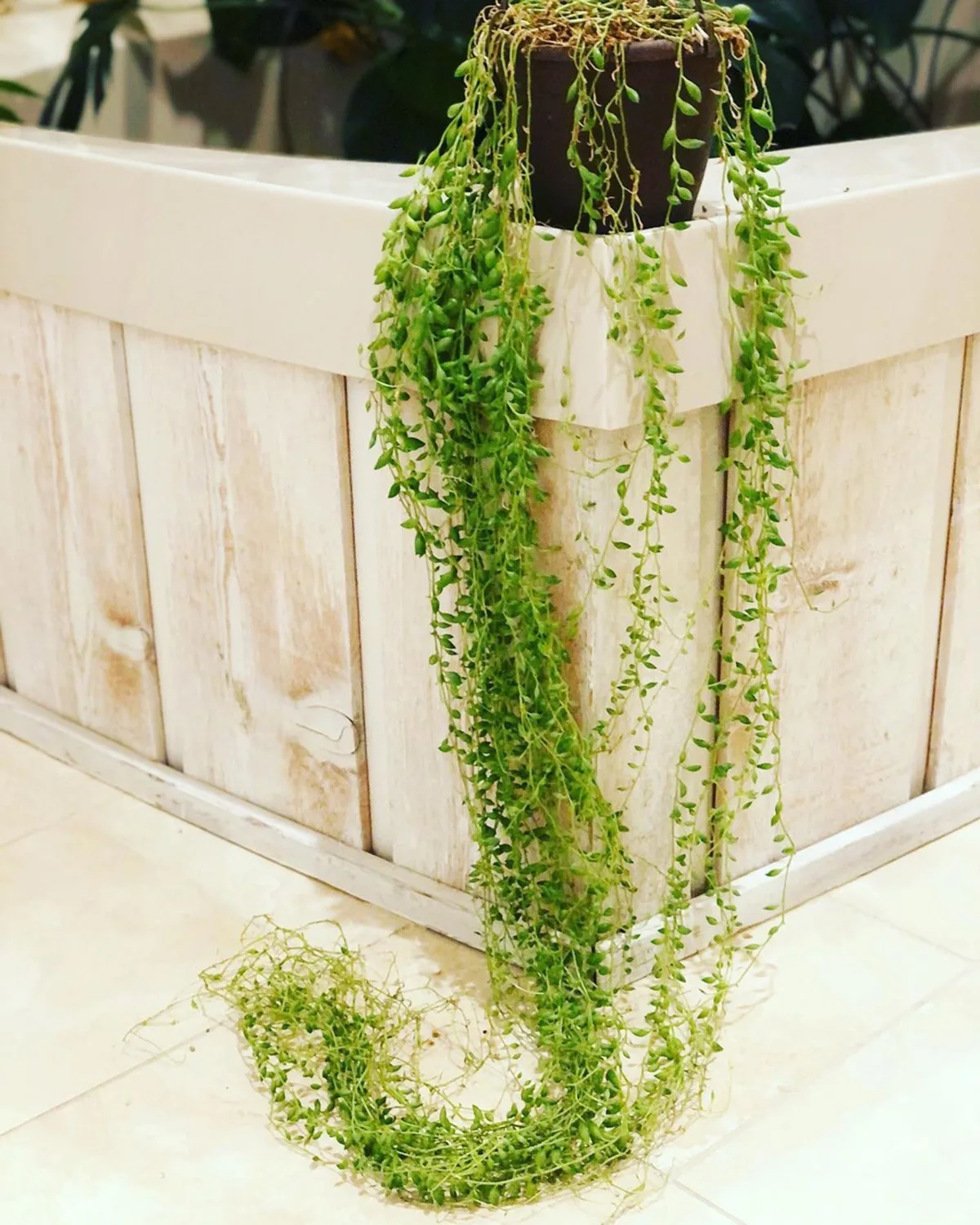
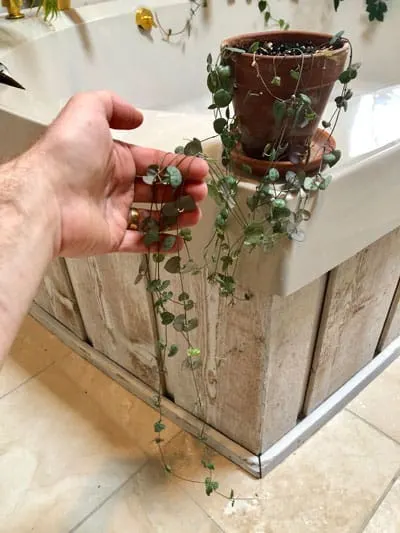
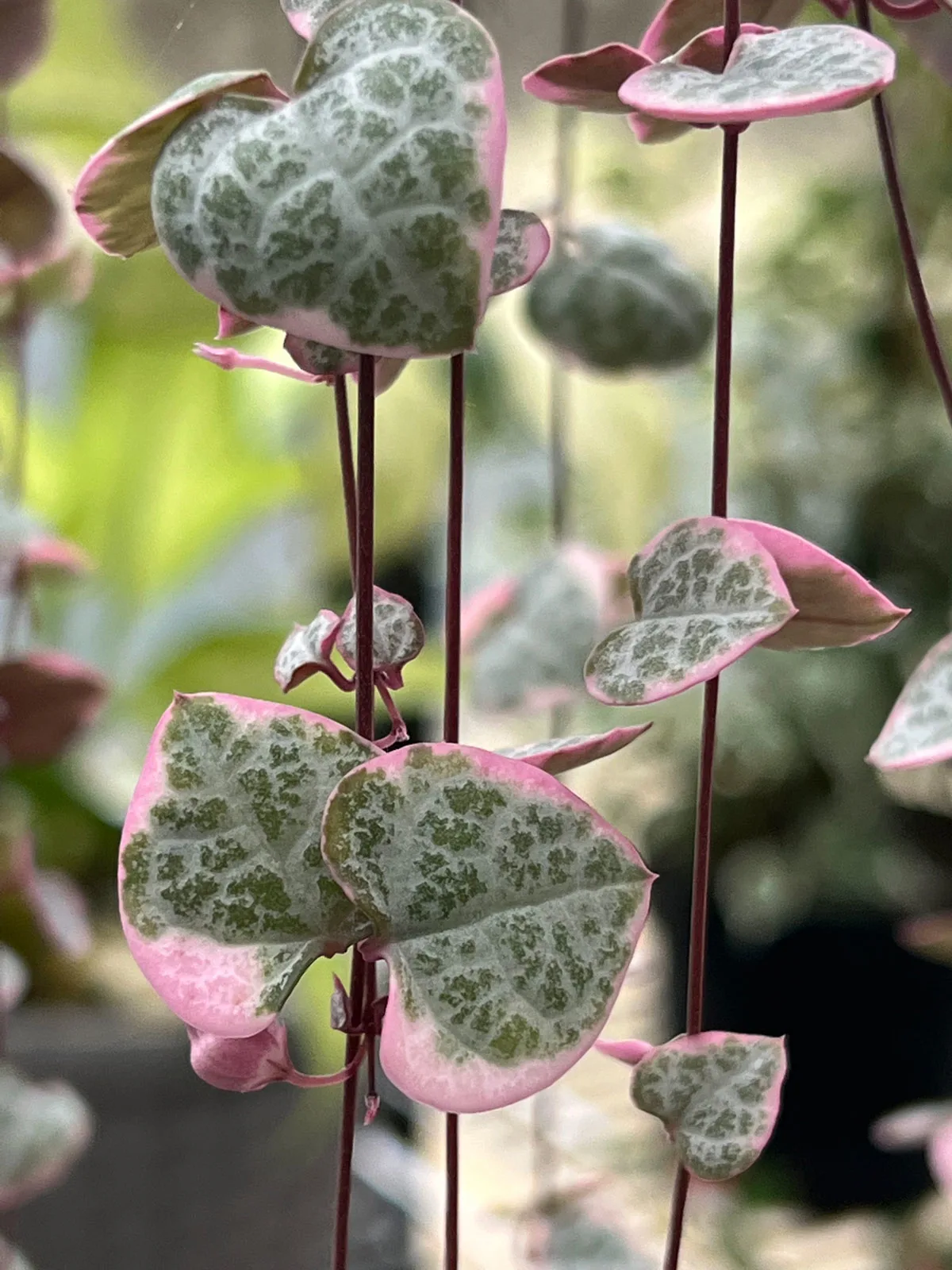
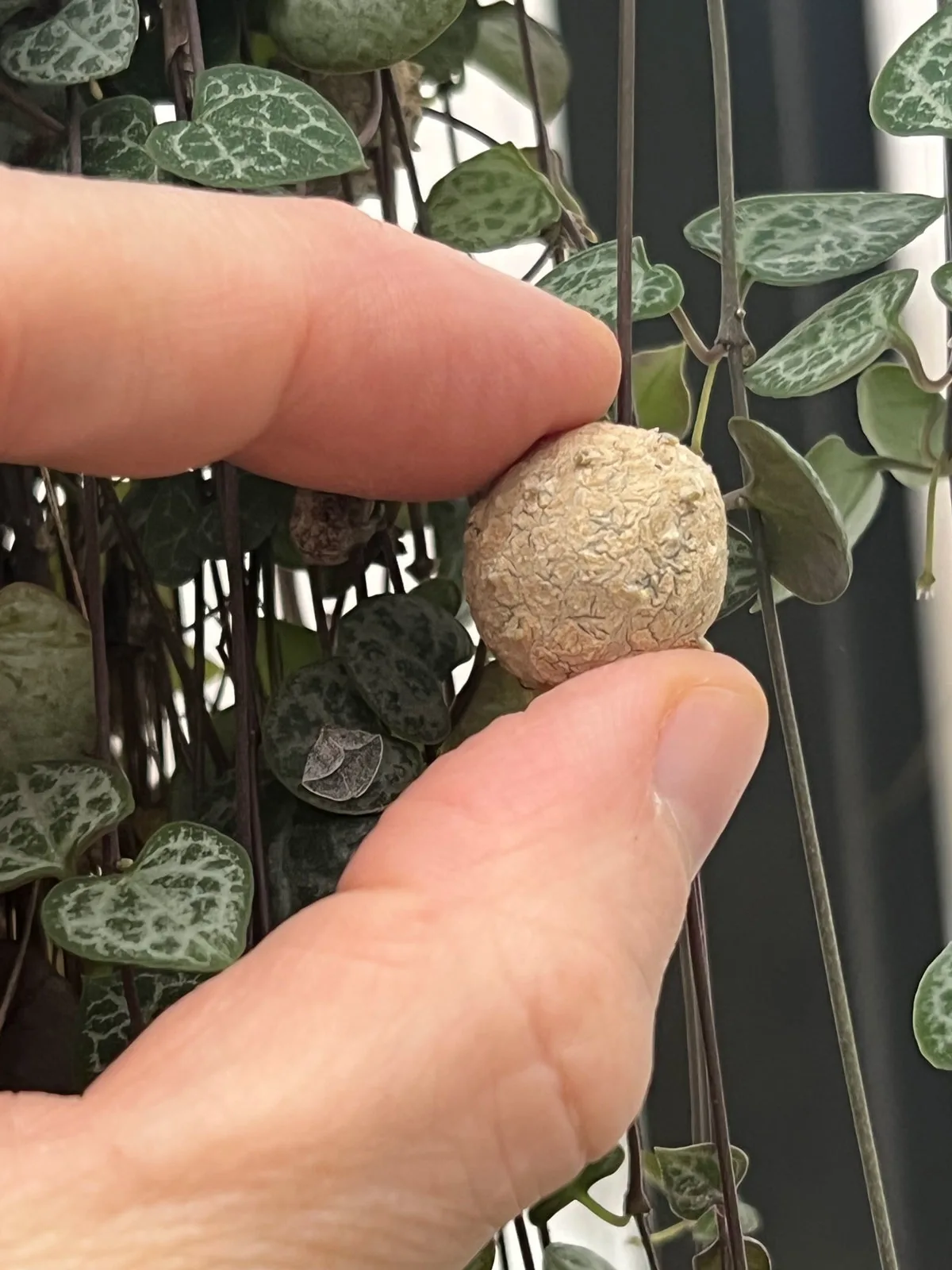
Diane S
Sunday 30th of June 2024
Even though you say "circle your watering can all over the surface of the pot", it also sounds like you sit the roots & bark in a water bath for a short time as another watering process (?)
Raffaele Di Lallo
Monday 1st of July 2024
Yes, either one will work. The soaking method works well if your potting medium has gone really dry. It will help to hydrate it again.
Salvador Santamaria
Sunday 28th of January 2024
Is this plant safe for cats or dogs.
Raffaele
Sunday 28th of January 2024
I checked the ASPCA website and it's not listed, so I'm not certain, unfortunately.
Noreen
Wednesday 3rd of January 2024
Paul the Plant Parent is a great guy I just found on You tube and he uses damp acrylic yarn with a reservoir of water at the bottom for propagating and in pots for all sorts of plants. Very interesting as it gives plants lots of air flow. I'll be looking forward to finding this plant soon!
Raffaele
Wednesday 3rd of January 2024
That's very interesting! I'll have to check him out Noreen. Thanks for sharing!
Elaine
Wednesday 19th of July 2023
I have had my Thousand Hearts plant for years now and I love it. I took a small piece from my daughter's mother plant and it is big and beautiful now. Easy to grow. I also have some plant wand grow lights that I use with sunlight. The blooms are so precious, tiny. I just repoted mine and it is thriving!! Thanks so much for all the information you provided here!
Raffaele
Wednesday 19th of July 2023
You're very welcome Elaine! This is one of my favorite plants :-)
Katie
Tuesday 11th of April 2023
I love mine! One of my favorite in my collection. I took a cutting and tried to propagate it, it’s been months and I have many different things and it just will not root! So sad, but hearing you propagate it makes me want to try again!
Raffaele
Thursday 13th of April 2023
Hi Katie! That seems unusual! Where did you place your cutting? Was it getting enough light? Were you changing the water out frequently?